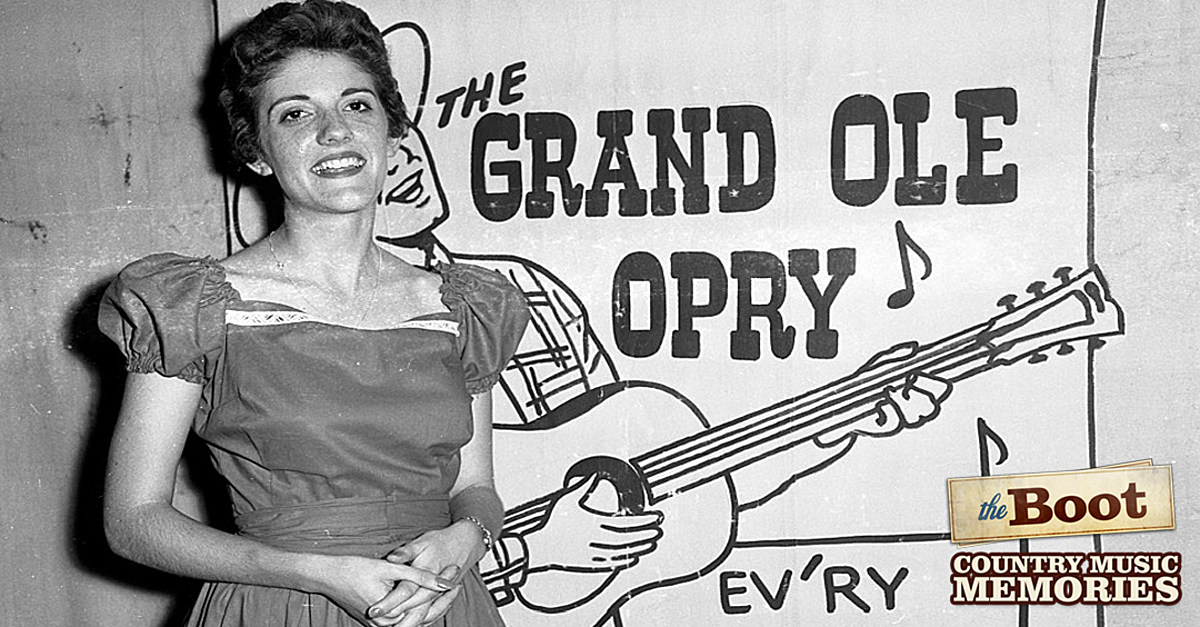Ninety-five years ago today (Nov. 28, 1925) was an historic day for country music: It was on that date that the WSM Barn Dance, later re-named the Grand Ole Opry, began broadcasting.
On the evening of Nov. 28, 1925, on Nashville’s WSM-AM radio station, announcer George D. “Judge” Hay introduced famed fiddle player Uncle Jimmy Thompson as the first performer for a new show, called the WSM Barn Dance. The following weeks included performances by Bill Monroe, the Crook Brothers, the Binkley Brothers’ Dixie Clodhoppers, Uncle Dave Macon, Sid Harkreader, DeFord Bailey and the Gully Jumpers, among others. Another group, named the Fruit Jar Drinkers, was asked to close out each show, because Hay liked to close the evenings with their fiddle playing.
The WSM Barn Dance followed the NBC Red Network radio program Music Appreciation Hour, which played classical music and music from Grand Opera. The show was first called the Grand Ole Opry on Dec. 10, 1927.
“For the past hour, we have been listening to music taken largely from Grand Opera,” Hay said on that night, before introducing harmonica player Bailey. “From now on, we will present the Grand Ole Opry.”
As the Grand Ole Opry show gained popularity and the size of the audience increased, the radio station itself became too small to contain all of the people interested in the talent on the show. The Opry tried several other venues, including the Belcourt Theatre (formerly the Hillsboro Theatre), the Dixie Tabernacle in East Nashville and the War Memorial Auditorium before finding a home at the Ryman Auditorium in 1943.
In 1974, the Grand Ole Opry moved into its permanent home at the Grand Ole Opry House. The Grand Ole Opry radio show is still broadcast on WSM-AM on Saturday nights, as well as on the Willie’s Roadhouse channel on SiriusXM satellite radio.
PICTURES: The Grand Ole Opry Through the Years
